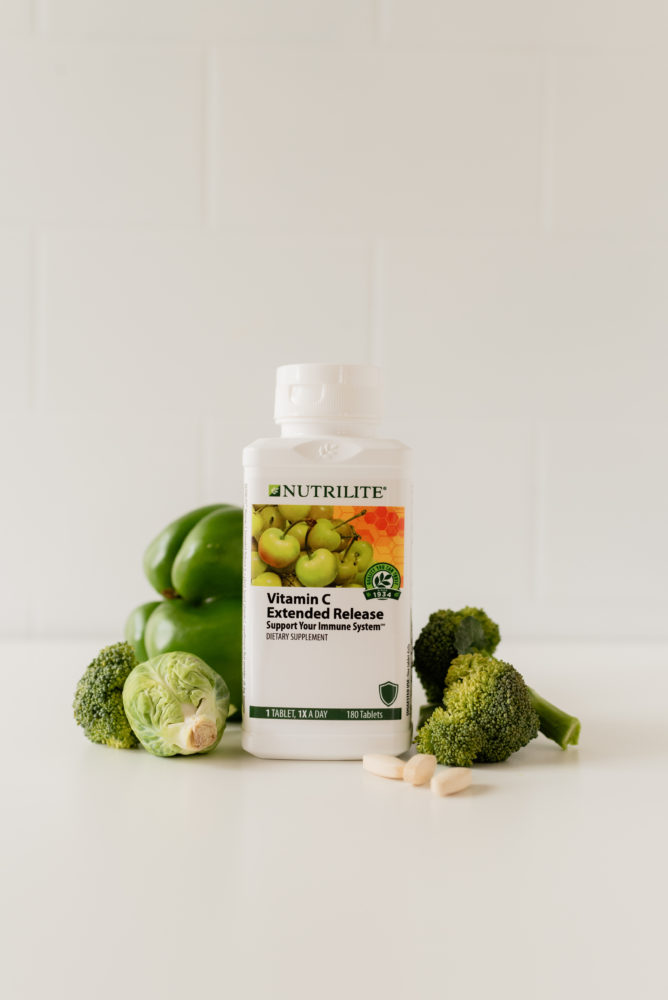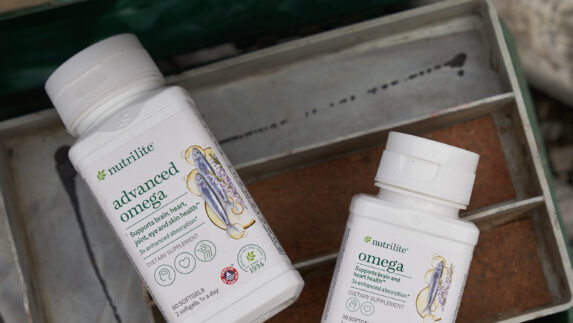What’s the first thing you think of when you hear “vitamin C”?
Chances are you have images of orange juice, oranges and maybe a grapefruit swirling in your head. Or, depending on how your mind works, you might be picturing a sailor.
Long ago sailors in some parts were often referred to as “Limey” because of their penchant for citrus to ward off scurvy, a well-known illness among seafarers who had difficulty getting enough vitamin C.
But they could just as well have earned the nickname “Broccoli,” “Bell Pepper,” or “Kale.” Not quite as catchy, but their vitamin C content would have gotten the job done. While most people only associate vitamin C with citrus, it pops up in many other fruits and vegetables, too.
What does vitamin C do?
That’s a good thing because vitamin C is one of the 13 essential vitamins and minerals. And because your body can’t produce it on its own, you need to consume some every day. For the average adult, that means between 75 and 90 milligrams daily, while some people may want more to support their overall health.
Vitamin C acts as an antioxidant, helping to protect your cells from free radicals. It also helps your body absorb iron and works to support your immune system.
Here are a few suggestions for getting vitamin C outside of traditional citrus so you can plan your meals accordingly.
Kakadu plums and lychees
Ever hear of a lychee or a Kakadu plum? If you’re looking for exotic ways to get your vitamin C, these fruits are excellent choices. Kakadu plums, sometimes called billygoat plums, are found in Australia and are the highest natural source of vitamin C there is – 100 times more than oranges.
However, they’re not nearly as sweet as oranges. Instead of fresh, you’re more likely to find them in jams, juices or powders, which are great for smoothies or recipes like these Energy Balls.
Lychees are small white fruits with a hard pink skin that are native to China. Vitamin C is their star nutrient. Ten of them equal one medium orange in the vitamin C category. Plus, they have riboflavin, potassium and copper.
They are sweet and delicious to eat fresh. That also makes them easy to incorporate into recipes just like other fruits. Here’s one for Strawberry Lychee Panna Cotta.
Chili peppers
Like things a little spicy? Then you’ll be happy to know that chili peppers are excellent sources of vitamin C. A half cup of green chilis, which are harvested at an earlier stage from their red counterparts, has more than 180mgs of vitamin C. That’s about twice your recommended daily intake. Red chilis have less of the nutrient, but still pack a punch at about 108mgs.
Chilis are a great addition to salads and salsas and can provide a needed kick to other meals. Try this recipe for Stuffed Green Chiles with Turkey and Chorizo.
Sweet bell peppers
If you prefer your peppers on the sweet side, you’re also in luck. Bell peppers deliver a sizable dose of vitamin C. Red and yellow bell peppers have the higher content at 152mgs for one medium red one and 341mgs for a medium yellow one. Green bell peppers have about 96mgs.
These peppers are also ideal for stuffing, but you can also serve them as a side dish on their own. Here’s a recipe for a fresh Bell Pepper Salad.
Kale
Of course kale would provide you with some vitamin C. It is considered a superfood, after all. Whether you choose to eat it raw or cooked up in your favorite sauté or soup, you get some vitamin C, just in slightly different amounts. One cup of raw kale has 80mgs, while one cup cooked has 53mgs.
Not a fan of the flavor of kale? Disguise it by turning it into Kale Pesto to serve with your favorite pasta and burst tomatoes.
Broccoli or Brussels Sprouts
These mainstay dinner veggies are doing their duty with vitamin C: A half cup of cooked broccoli has 51mgs and 1 cup of cooks Brussels sprouts provides 49mgs. They, along with kale, are also cruciferous vegetables, which means they are rich in several other nutrients, like fiber, folate and vitamins A, E and K. They are also excellent sources of phytonutrients.
This duo comes together nicely in this recipe for Sheet Pan Brussels Sprouts and Broccoli, which is flavored with balsamic vinegar. It includes turkey bacon, but that can easily be skipped or swapped out for a vegetarian version.
Need more ideas? Vitamin C is also found in tomatoes, cantaloupe, kiwi, red cabbage, strawberries, persimmons, spinach, turnips, mustard greens and herbs like parsley and thyme. Still think you’ll have difficulty getting the recommended daily intake of vitamin C from your diet?
Consider a supplement to help fill in the gaps. Nutrilite™ Vitamin C Extended Release includes a special fibrous ingredient that allows the tablet to slowly dissolve in your gut over the course of 8 hours, delivering a steady stream of vitamin C your body is easily able to absorb.




